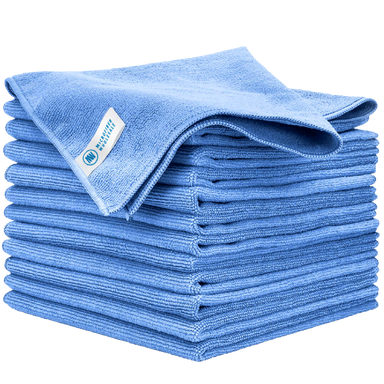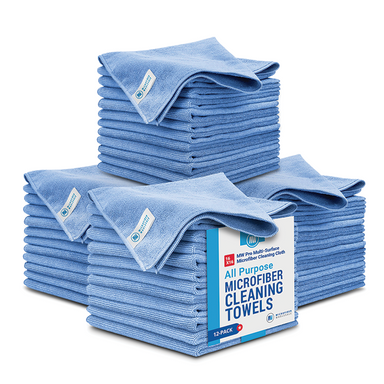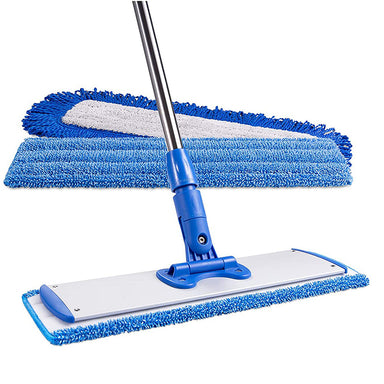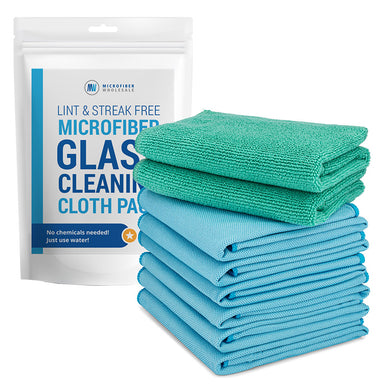6. How to Soak Laundry
Whether they are stained or just smelly, soaking your laundry can help loosen tough stains, dirt, and odor before washing. Here’s how to do it properly:
Fill a Basin or Sink: Use warm or cold water, depending on the fabric type and stain.
Add Detergent or Soaking Agent: Add a small amount of detergent or a soaking agent to the water and mix well.
Submerge the Garments: Fully submerge the stained or heavily soiled items and let them soak for 30 minutes to overnight, depending on the severity of the stains.
Rinse: After soaking, gently squeeze out excess water and rinse the garments before adding them to the washing machine.
7. Use Correct Settings
Not knowing which settings to use on your washer and dryer is more common than you think. But it can make a big difference to your laundry when you use the correct settings.
Cold Water
Best for dark colors, delicates, and lightly soiled items to prevent shrinking and color fading.
Warm Water
Ideal for synthetic fabrics and moderately soiled garments.
Hot Water
Use for whites, bed linens, and heavily soiled items to kill bacteria and remove tough stains.
Cycle Settings
Choose delicate, normal, or heavy-duty based on the fabric type and soil level.
8. Optimize Loads
Running full loads rather than small ones saves water, energy, and time. However, overloading the machine can lead to inefficient cleaning and increased wear on clothes.
9. Dry Items Correctly
Drying your items properly can significantly prolong the life of your laundry. In an ideal situation, air drying is best for most things. But it isn’t always possible if you live in an apartment or a city prone to rain or bad weather. Instead, follow these guidelines.
Air Drying
If we could air dry all of our laundry, it would last longer and we’d put less strain on the environment. But it’s not feasible in many homes.
So if you aren’t able to air dry your laundry, at the very least do it for your delicate items, knits, and garments that are prone to shrinking.
Tumble Dry
We’ve all had a shirt or a favorite sweater fall victim to a poorly-used dryer. So for delicate fabrics, use a lower heat setting, and higher heat for towels and heavy items. And always check garment care labels for specific instructions.
Remove Promptly
Most dryers will have a Wrinkle Guard setting where, once the dryer has finished its cycle, it rotates the drum every so often to prevent items from creasing. This is a great feature if the dryer’s set to finish when you’re not at home. But ideally, you want to take items out of the dryer promptly to avoid wrinkles and reduce the need for ironing.

















